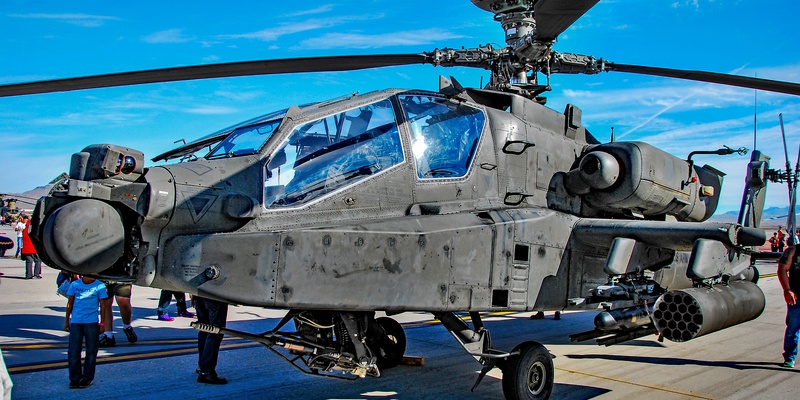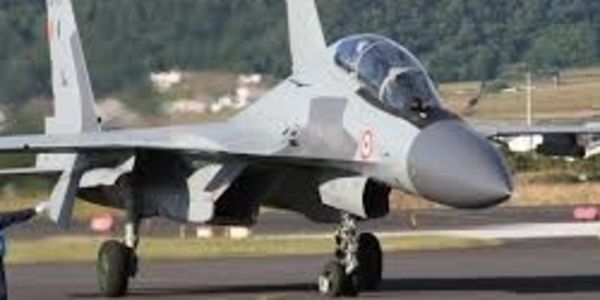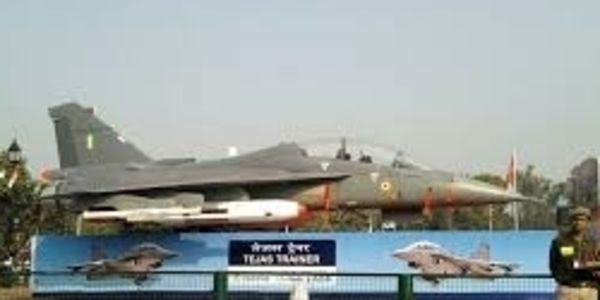Wing Commander Shivangi Singh: India’s Only Woman Rafale Pilot meets President Droupadi Murmu During Her Historic Rafale Sortie
When we think of fighter pilots, the image that often comes to mind is predominantly male. Yet Wing Commander Shivangi Singh, India’s only woman Rafale pilot, has shattered that stereotype. Her dedication, skill, and perseverance in a traditionally male-dominated arena have made her a symbol of the Indian Air Force’s progressive vision and a role model for aspiring women aviators. President Droupadi Murmu made history as she took to the skies in a Rafale fighter jet from the Ambala Air Force Station a first for any Indian head of state. The sortie was piloted by Group Captain Amit Gehani, Commanding Officer of the Indian Air Force’s prestigious No. 17 Squadron, popularly known as the Golden Arrows. During the 30-minute flight, the President was flown over an area of nearly 100 miles around Ambala, witnessing firsthand the technical prowess and agility of one of the world’s most advanced combat aircraft.Assisting the President into the cockpit was Flight Lieutenant Shivangi Singh, India’s first and only woman Rafale pilot, who has become a symbol of courage and progress within the IAF ranks. After the flight, President Murmu interacted with Singh and posed for photographs beside the sleek fighter jet—a powerful image of women’s growing presence in the defense forces.From Varanasi to the Air Force AcademyHailing from Varanasi, Uttar Pradesh, Shivangi Singh’s fascination with aviation began at a young age. A visit to the Air Force Museum in New Delhi left a lasting impression on her, inspiring her to pursue a career in the skies. After completing her schooling in Varanasi, she graduated from Banaras Hindu University (BHU) and joined the Indian Air Force Academy (AFA) in Hyderabad, where she underwent rigorous training to become a fighter pilot. Commissioned into the IAF in 2017 as part of the second batch of women fighter pilots, Singh initially flew the MiG-21 Bison, one of India’s most challenging high-speed jets. Her ability to master such complex aircraft showcased her determination and skill, paving the way for her selection for the Rafale program in 2020.Mastering the RafaleThe Dassault Rafale, a French-made multirole combat aircraft, is among the most advanced fighter jets in the world, equipped with the Thales RBE2 AESA radar and precision-strike systems. Shivangi’s Rafale training involved advanced simulator sessions, tactical instruction from French experts, and extensive in-flight exercises to fully harness the jet’s capabilities. Today, she is an integral part of the Golden Arrows Squadron, stationed at the Ambala Air Force Base, India’s first Rafale hub. President Murmu’s Historic SortiePresident Murmu’s flight in the Rafale marked the first time an Indian President had flown this advanced fighter aircraft, symbolizing India’s growing air power. The Ambala Air Force Station, where the sortie took place, has played a crucial role in India’s air defense strategy and is the home base for the Golden Arrows Squadron, known for its elite operational readiness and expertise in precision strikes. Shivangi's story reminds us that every aircraft she flies, every mission she undertakes, and every interaction she has with leaders like President Murmu adds a human dimension to India’s defense narrative, blending bravery, skill, and inspiration.

.jpg)




.jpeg)